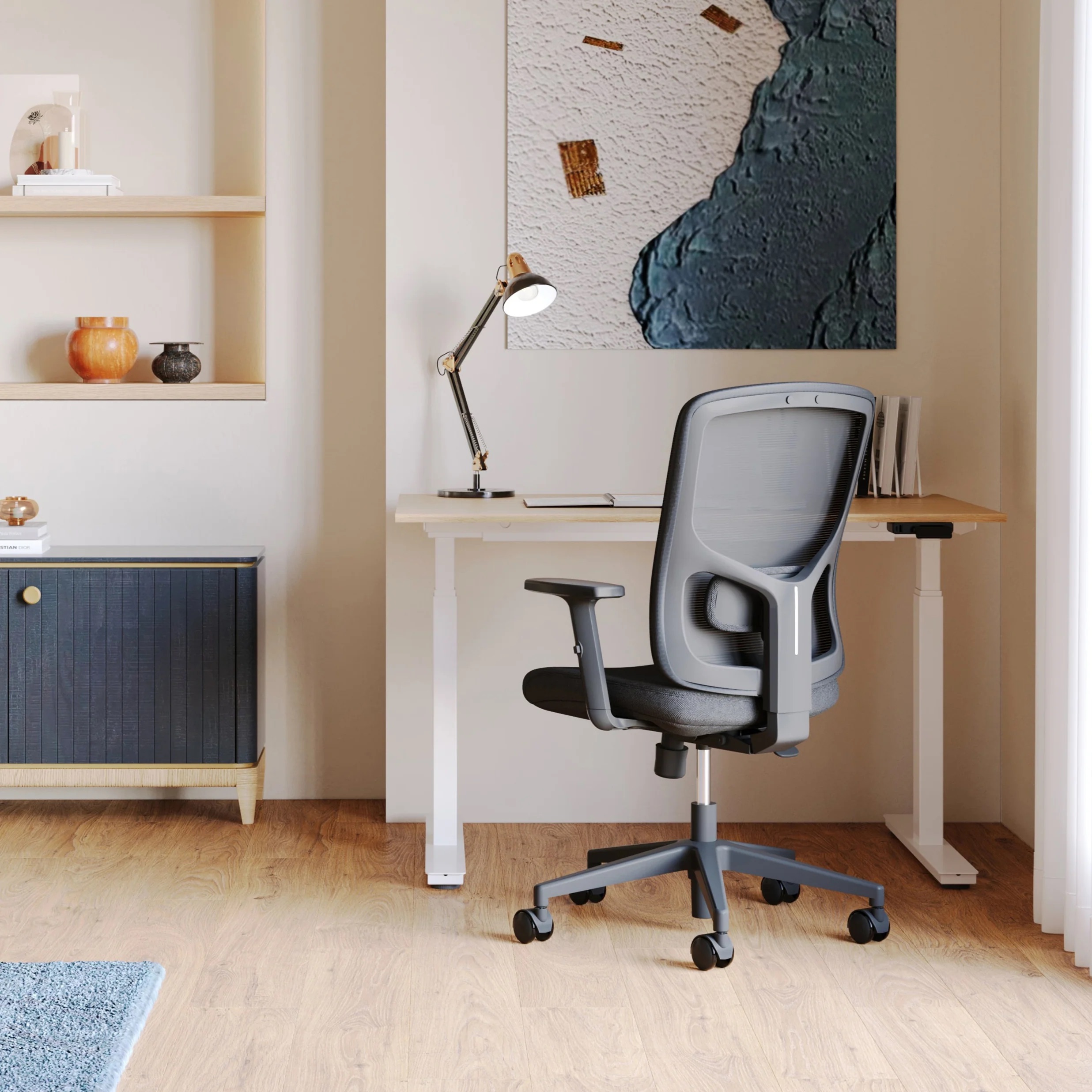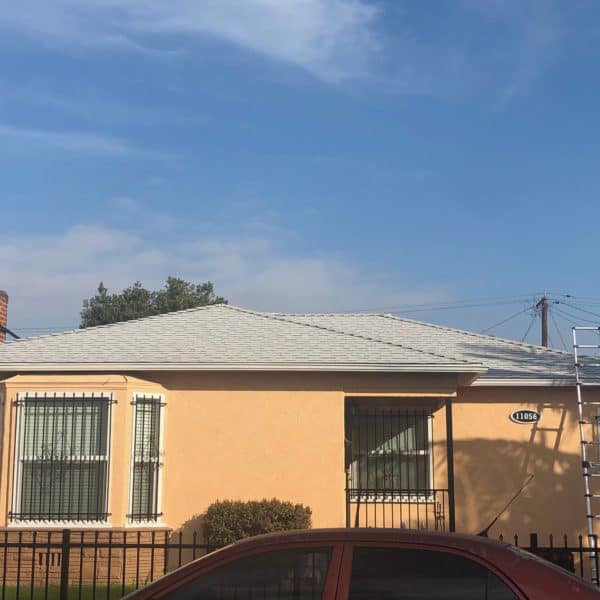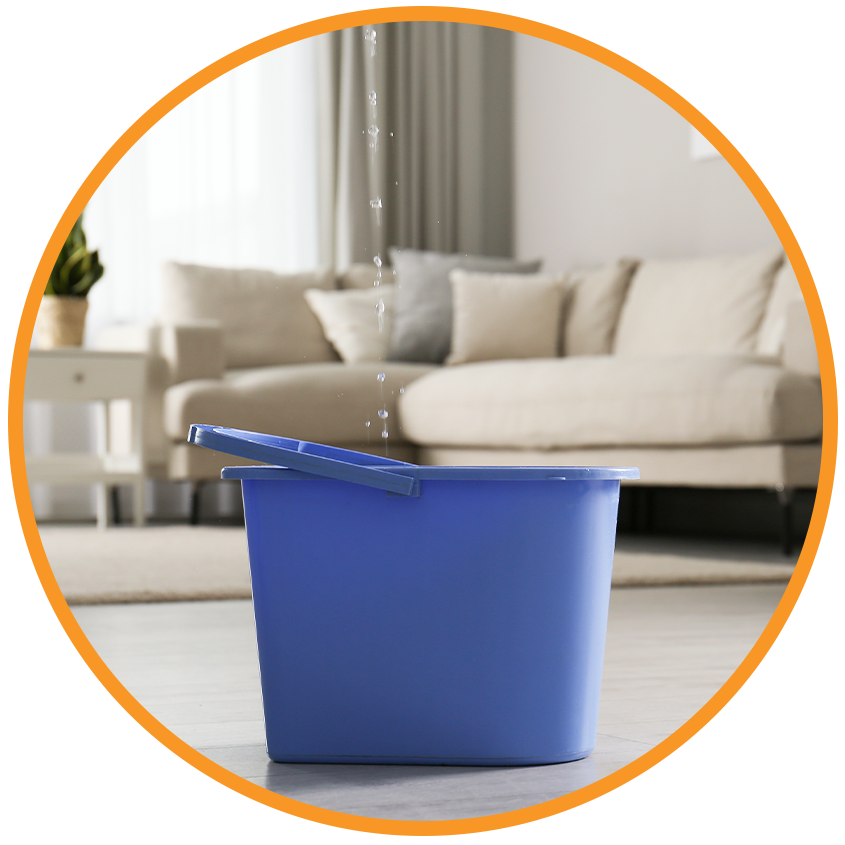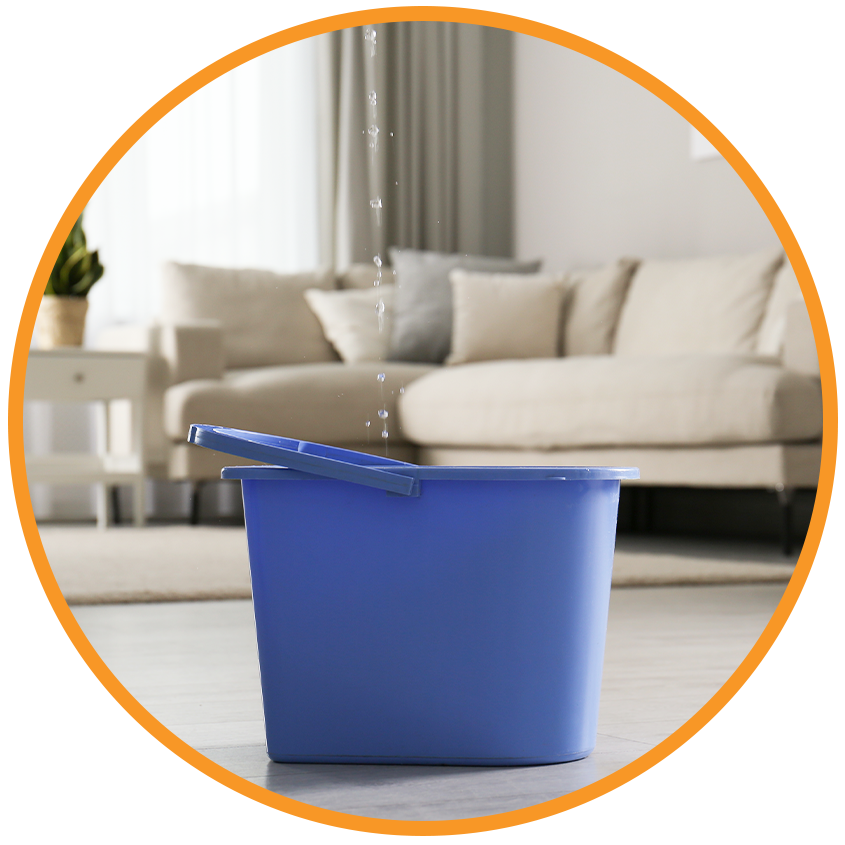In the world of interior design, where aesthetics and functionality meet, slat and wood panels have taken center stage. Modern wall design trends are shifting away from plain painted walls, welcoming the warmth, texture, and versatility that wood panels bring. Whether you’re sprucing up a living space or creating a serene environment in an office, these panels have become a go-to solution. Let’s explore why they’ve earned their place as a dominant force in today’s design world.
The Allure of Modern Wall Design
What makes wood panels a standout choice in modern wall design? For starters, they effortlessly blend timeless beauty with contemporary appeal. Slat panels, known for their vertical or horizontal lines, add dimension to flat surfaces, creating an elegant backdrop. Meanwhile, natural wood panels bring warmth and character, making any room feel inviting.
Here are a few reasons why slat and wood panels are so popular:
- Versatile Applications: These panels work in virtually any room, from bedrooms to kitchens and even commercial spaces.
- Timeless Elegance: Wood panels bring a classic touch that stays stylish year after year.
- Acoustic Benefits: Many slat panels are designed to reduce noise, making them ideal for home offices or entertainment spaces.
- Sustainability: Modern wood panels often use eco-friendly materials, appealing to environmentally conscious homeowners.
By combining beauty, practicality, and sustainability, these panels have redefined what modern wall design can achieve.
Transforming Spaces with Texture
One of the reasons slat and wood panels dominate modern wall design is their ability to add texture. Flat walls can feel sterile or uninspired, but introducing wooden slats transforms a space instantly. The interplay of light and shadow on the panels creates a dynamic effect, making the room feel alive.
Imagine a sleek Scandinavian living room featuring vertical wood slats behind a sofa. The clean lines complement minimalist furniture while adding visual interest. Or picture a cozy bedroom with horizontal wooden panels painted in a deep, rich tone to evoke a sense of warmth and tranquility.
How to Choose the Right Panel for Your Space
Selecting the right wood panel for your home depends on several factors. Consider the following:
- Material: Are you drawn to natural wood, or would a laminate option suit your budget better? Natural wood panels, like oak or walnut, offer authenticity, while laminates mimic the look at a lower cost.
- Style: Slat panels work well in modern, minimalist spaces, while classic wood panels suit traditional interiors.
- Purpose: Decide if the panel will serve as a focal point, like a feature wall, or if it will be used for acoustic control.
- Colour: Neutral tones complement most interiors, but bold stains can make a statement.
With these considerations in mind, you can confidently choose panels that enhance your modern wall design.
Benefits of Wood Panels in Modern Wall Design
The rising popularity of wood panels isn’t just about their looks; they bring practical benefits too. Let’s take a closer look:
- Durability: High-quality wood panels are long-lasting and can withstand wear and tear, making them a worthwhile investment.
- Insulation: Panels provide an extra layer of insulation, helping regulate room temperature and improve energy efficiency.
- Easy Maintenance: Most wood panels require minimal upkeep, needing only occasional dusting or polishing.
These advantages make wood panels a practical and stylish choice for homeowners and designers alike.
Top Trends in Modern Wall Design
Slat and wood panels are evolving alongside modern wall design trends. Here are some of the latest styles to watch:
- Mixed Materials: Combining wood panels with stone or metal accents creates a layered, sophisticated look.
- Dark Tones: Deep shades like charcoal and espresso are gaining traction, adding drama to interiors.
- Eco-Friendly Finishes: Reclaimed wood and sustainable materials are in high demand, aligning with eco-conscious values.
- Integrated Lighting: Panels with built-in LED strips provide a sleek, futuristic touch.
These trends show how versatile and adaptable wood panels can be in modern design schemes.
Bringing Nature Indoors
In today’s fast-paced world, people are craving connections to nature, and slat and wood panels are an excellent way to bring the outdoors inside. The natural grain and earthy tones of wood create a calming atmosphere that promotes relaxation and well-being.
This biophilic design approach—integrating natural elements into interiors—has proven benefits for mental health and productivity. Whether used in a cozy reading nook or a bustling office space, wood panels help create a soothing environment.
Visualizing Wood Panel Applications
To help you imagine the possibilities, here’s a breakdown of popular uses for wood panels:
- Living Rooms: Feature walls with slat panels behind entertainment centers or fireplaces.
- Bedrooms: Headboard panels that add texture and warmth.
- Home Offices: Acoustic slat panels to reduce echo and improve focus.
- Kitchens: Decorative backsplashes with moisture-resistant wood finishes.
- Commercial Spaces: Stylish partitions or walls in restaurants, cafes, and offices.
These examples show just how versatile slat and wood panels are in modern wall design.
FAQs About Slat and Wood Panels
1. Are wood panels expensive to install?
While natural wood panels can be pricey, options like laminates or MDF panels offer budget-friendly alternatives. Installation costs vary based on complexity and materials.
2. Can slat panels improve acoustics?
Yes, slat panels are often designed to absorb sound, reducing echo and improving room acoustics.
3. Are wood panels eco-friendly?
Many modern wood panels use sustainable or reclaimed materials, making them an environmentally friendly choice.
4. Can I install wood panels myself?
If you’re a DIY enthusiast, pre-fabricated panels with easy installation systems make the process manageable. However, professional installation is recommended for more complex designs.
5. What’s the best way to maintain wood panels?
Regular dusting and occasional polishing with a wood-safe product will keep panels looking their best for years to come.
Wood panels and slat designs have redefined modern wall design, combining style, functionality, and sustainability. Their ability to transform spaces with texture and character ensures they’ll remain a top choice for years to come. Ready to elevate your interiors? Explore the possibilities of wood panels today!




